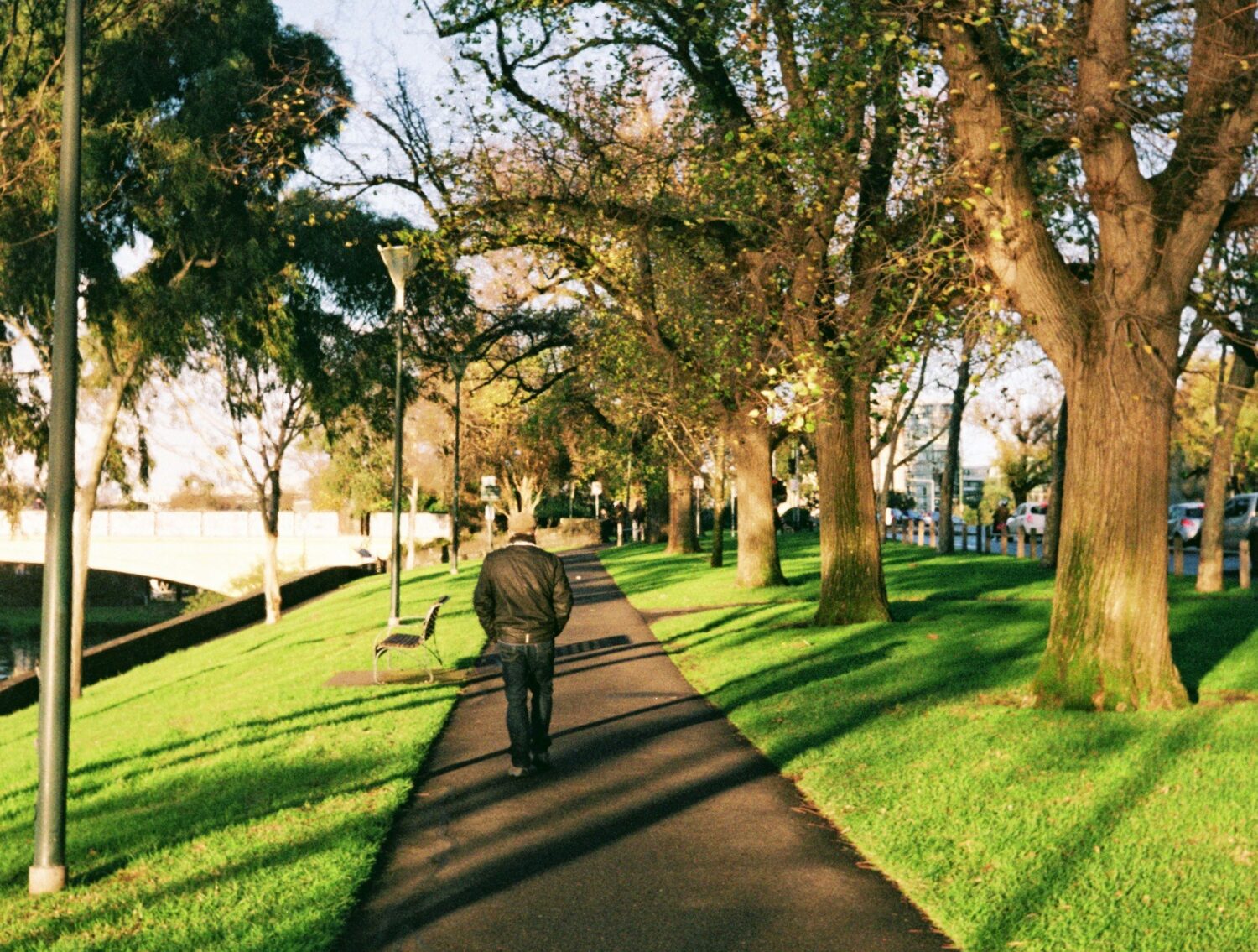
Spring Into Action: Behavioural Activation to Lift Your Mood
As the days get longer and the sun starts to warm the air, it feels that little bit easier to get out of bed, go for a walk, or meet a friend for coffee. Many of us notice that our moods naturally lift with spring.
This isn’t just because the skies are brighter—it’s also because we’re doing more. We’re out in the fresh air, connecting with others, and moving our bodies. When winter rolls around, it can feel harder to muster the energy, and our mood can dip as a result.
This seasonal shift is a great way to understand a powerful concept from Cognitive Behavioural Therapy (CBT): behavioural activation.
What is behavioural activation?
Behavioural activation is based on a simple but powerful idea: how we feel affects what we do, and what we do affects how we feel.
When we’re struggling with low mood, stress, or depression, we often do less—whether that’s skipping exercise, putting off social plans, or finding it harder to keep up with routines. Unfortunately, the less we do, the worse we tend to feel.
Behavioural activation interrupts this cycle. By gently reintroducing activities that give us a sense of enjoyment, connection, or achievement, we can boost our mood and slowly rebuild momentum. It doesn’t require a drastic overhaul. Just small, intentional changes to our daily routines.
How does it work?
When we’re low in energy or motivation, waiting until we “feel like it” often means we never get started. Behavioural activation flips this around. Instead of waiting for motivation, act first. The action then helps create the motivation and energy we were missing.
For example:
- Going for a short walk may not sound appealing, but often you return feeling lighter.
- Calling a good friend can feel effortful, but the conversation leaves you more connected.
- Tidying a small space might feel like a chore, but finishing it gives you a sense of achievement.
Over time, these small activities build a positive feedback loop, making it easier to keep going.
The ACES
One of my favourite ways of structuring behavioural activation is to think about ‘the ACES’:
Achievement
When we’re feeling flat, it often feels like there’s no point to anything, and people can also feel strong feelings of worthlessness. Doing things that give a sense of achievement, or even just a sense at the end of the day of ‘even if I got nothing else done, at least I did that’, is a natural shift in mood.
Tip: Let go of expectations and self-criticism. The trick is to be honest about what is hard for you right now, and so what, if you manage to do it, will give a slight sense of achievement. This might be getting out of bed or eating something healthy, all the way up to bigger tasks.
Connection
Feeling sad, flat or depressed is naturally isolating. There are times where we want to lean into that, to recharge or reflect, but doing so for too long can make depression worse. Doing things that help you feel connected in some way are important for lifting your mood. This could be sending a text message, spending time with a pet, or having a silent crafternoon with a friend.
Tip: Don’t overdo it. Now is probably not the time to organise that 100-person masquerade party you’ve always dreamed of. Think about who you would feel comfortable to be around right now, and work out what feels doable if you were to try and reach out.
Enjoyment
One of the core symptoms of depression is loss of enjoyment in things you previously enjoyed. This often means people naturally stop doing these things. The catch-22 though, is that if you don’t do things that might have the chance to make you feel joy, you never have a reason to feel joy. Hence, depression can be perpetuated. This ACE is about giving yourself the opportunity to feel enjoyment, even if it doesn’t happen straight away.
Tip: Start small with things you used to like, or always wanted to try. If you liked reading, don’t pick up War and Peace. Try a single chapter of a dog-eared old faithful. If you want to try a comedy show, put on reruns of an old favourite.
Self care
This one is broad – self-care is anything that is genuinely good for you. Taking your meds or booking a GP or therapy appointment. Having a shower or brushing your teeth. Going outside to get some sun or listening to music that makes you feel in any way better. Buy yourself flowers or turn off your phone for a few hours. We have more examples of self-care for depression here.
Tip: The ACES can stack. A self-care task like texting a friend might also give you a sense of achievement, and rates for the ‘connection’ category too.
General Tips for Getting Started
If you’d like to give behavioural activation a try, here are some simple steps:
- Notice your current patterns – What activities have dropped away when your mood has been low?
- Start small – Choose one thing you can do today that feels manageable. Even 5–10 minutes is enough to begin.
- Plan it in – Treat your chosen activity like an appointment. Writing it down can help you follow through.
- Write it down and reflect on how you feel afterwards – You might be surprised by the lift, however slight, that comes from action. There’s also a natural mood boost that comes from seeing a whole list of things you’ve done written as proof in front of you.
Building resilience year-round
While spring may make it easier to get moving, the real power of behavioural activation lies in learning how to apply it in every season of life—not just when the sun is shining. By noticing what helps you feel energised and connected, and intentionally building these actions into your week, you’re equipping yourself with tools to better ride out harder times.
This is especially helpful in winter months, when mood dips are more common. In fact, for some people, this drop can become Seasonal Affective Disorder, a form of depression linked to seasonal changes. Being proactive with small, meaningful actions can make the darker months more manageable.
Final thoughts
Spring is a reminder of how much our actions and environment influence our mood. While it may feel easier to thrive in the warmer months, behavioural activation shows us that we can gently create those same opportunities—whatever the season.
Lasting change doesn’t come from giant leaps, but from small, intentional steps. Sometimes, the simple act of doing one thing today—whether it’s stepping outside, calling a friend, or making a nourishing meal—can be the first move toward feeling brighter.
If you want to know more about how to apply behavioural activation principles in your life, this podcast with Dr Nina Josefowitz is a great deep dive into the technique. You can also read more about how thoughts, in addition to behaviours, influence feelings and depression here.
